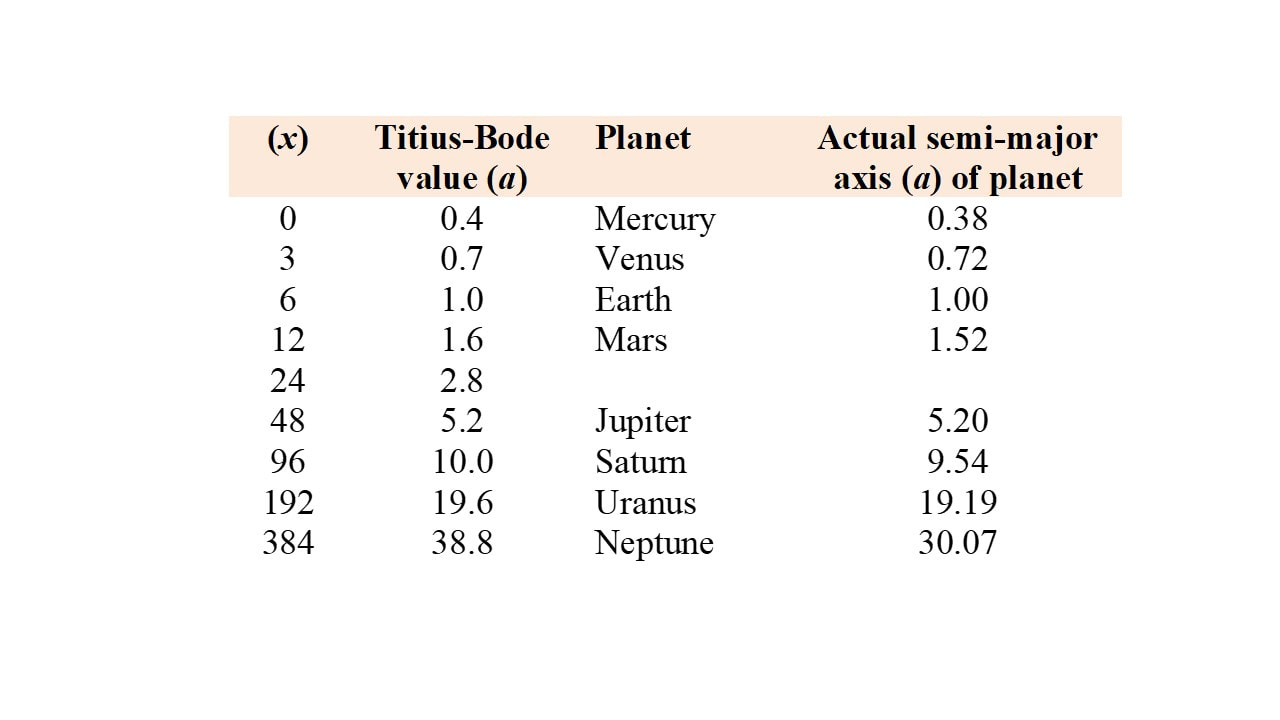On the evening of the 13th March 1781, an amateur astronomer, a professional musician by trade and telescope maker by interest, made an astounding and completely unexpected discovery. William Herschel, a German immigrant to the UK, had observed what he initially considered to be a new comet. He described his observation with a report, entitled “Account of a Comet”, he presented to the Bath Literary and Philosophical society; “between ten and eleven in the evening, while I was examining the small stars in the neighbourhood of H Geminorium, I perceived one that appeared to be visibility larger than the others”.
Initially he thought there was a problem with the telescope he had built, but observations of other stars and the planets assured him this was not the case. He concluded it was a new comet and reported his observations to the director of the observatory at the University of Oxford and to Nevil Maskelyne, the then astronomer royal. They communicated the discovery wider and after a few weeks, an initial orbit for the object was computed. It did not have the orbital characteristics of a comet, neither did the visual observations suggest it was a comet. Herschel’s observations were of a new planet.
Herschel, astutely, proposed to the president of the Royal Society that the object be named as Georgium Sidus (the Georgian Star), after King George. However, the wider astronomical community considered that continuation of mythological names for astronomical objects was more appropriate. The planet was named Uranus, after the Greek god of the sky, following a suggestion by Johann Elert Bode (b.1747 d.1826) the director of Berlin observatory.
The discovery changed Herschel’s life; he became a household name, was appointed as salaried court astronomer to King George III, and provided with funds for new telescopes. Today an image of one of his telescopes is used within the seal of the royal Astronomical Society.
But what relevance does this have to our discussion on asteroids…? The detection of Uranus fundamentally changed the way in which humanity viewed and understood the heavens. Not only had the solar system been shown to be larger, and more dynamic, than previous generations had understood, but once the orbit of Uranus had been determined, it instigated the searches for more planets. How…?
In 1766 the German astronomer Johann Tietz, later referred to as Titius, (b.1729 d.1796) published a book highlighting an apparent pattern within the semi-major axes (mean distances) of the then known planets. The pattern had been recognised earlier, probably at the start of the 17th century. This was popularised by another Austrian astronomer Johann Bode, and has become known as the Titius-Bode relationship. It is of historic importance but the relationship is not based upon any discernible physical laws or relationship.
The relationship states that by taking a simple arithmetic sequence the planetary distances, in units of astronomical unit (AU) – the mean distance between the Sun and the Earth, can be determined. By using the numbers in the sequence 0, 3, 6, 12, 24… as x within the expression: a = 0.4 + x/10 the following table can be constructed:
This allowed Bode to determine the semi major axis of Uranus and once this was seen to be close to the Titius relationship, this gave great credence to the relationship. A search was instigated for the missing planet at a distance of 2.8AU from the Sun.
The first main belt asteroid to be discovered, Ceres, was found in 1801 and once its orbit was computed (it has semi-major axis of 2.77 AU), it gave further empirical credence to the ‘law’.
However, the relationship breaks down for Neptune (discovered in 1846) and the ‘law’ is not now considered to be of significance. The satellites of the Jovian planets (i.e. Jupiter, Saturn, Uranus and Neptune) do not follow such a rule, and in any stable orbital configuration (such as the major planets are in) there will always be a series relationship of this form that can be deduced.
Next month we will look at how Ceres was found, and how this led to the start of the discovery of many different types of asteroid…


